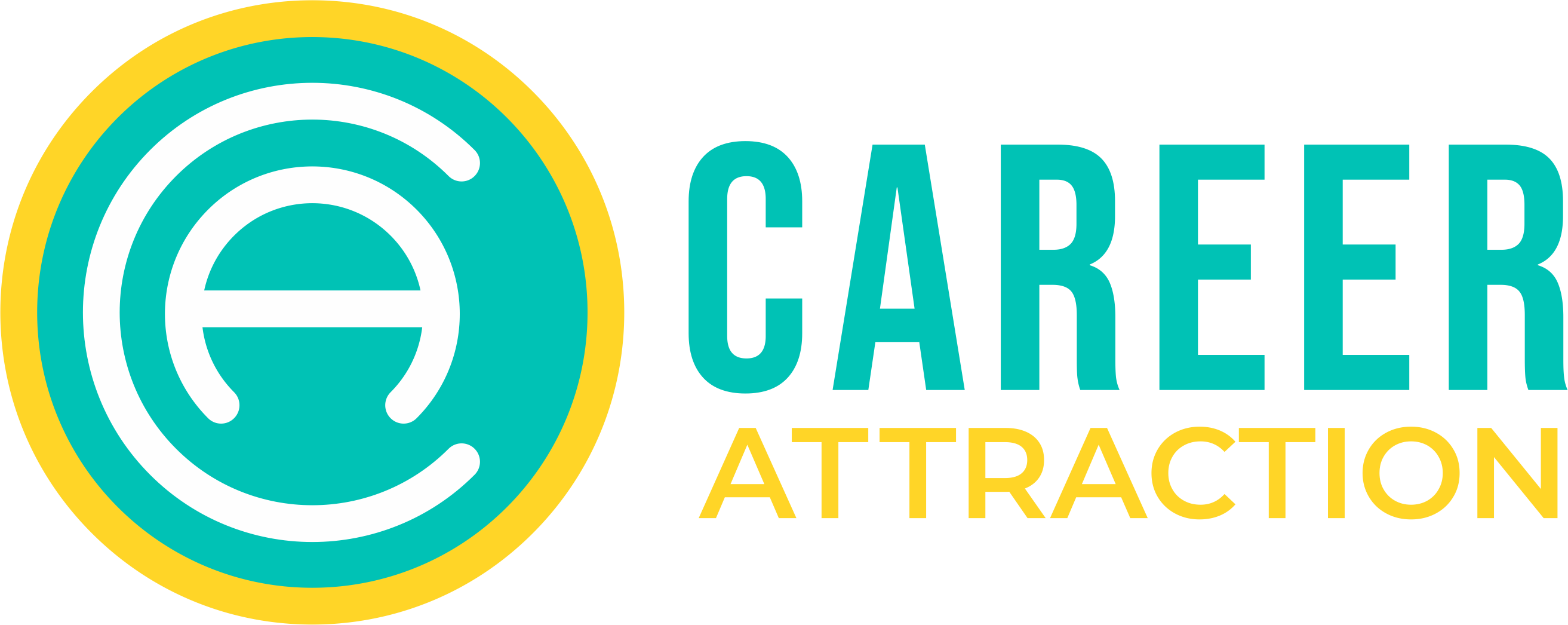Most of us see email as a necessary evil.
It’s estimated that the average employee spends 25-50% of their day buried in email. Wow!
But email really does add a lot of value and productivity when it’s used properly:
- It’s asynchronous — you can send messages even if the other person isn’t available.
- You can communicate with a group of people simultaneously.
- You can share large documents, spreadsheets, images of charts and graphs, etc.
The problem is that email is rarely used properly:
- There’s an old saying that your inbox is someone else’s to-do list. It’s not what’s most important for you to do; it’s what someone else wants you to do for them.
- Urgent messages sent over email get missed unless you’re glued to your inbox 24/7.
- Lack of quality communication — poorly thought-out messages get sent, require multiple follow-ups and increase everyone’s workload.
- There’s the dreaded “Reply All” spiral. (Pro tip: Using “Reply All” to tell others to stop using “Reply All” is the same as shouting at someone to be quiet. It just makes the problem worse.)
Since email isn’t going away anytime soon, you’ll need to figure out how to use it more effectively. (Tweet this thought.) Here’s the inbox organization system I use to stay sane and boost productivity at the office.
Step 1: Never Mix Your Work and Personal Emails
We’re all swimming in hundreds of emails every day. My personal email address is overloaded with spam, online shopping notifications, forwarded chain letters and even a few messages from friends and family.
Some of this (bank statements, bills to pay, emails from Grandma) is truly important. I absolutely wouldn’t want to miss any of those emails. But are they so important you can’t wait until tonight to see them? Are they important enough that you want them interrupting your work?
The quickest way to regain productivity at work is to banish all personal emails from your work inbox. Create a Gmail account. Tell your friends and family to start using it. And change your email at online shopping sites like Amazon.
Removing the clutter and distraction from your inbox allows you to give your full attention to business messages while you’re at the office. Your personal emails will still be there when you get home tonight.
This step has the added benefit of making you less dependent on your current employer. Can you imagine getting laid off and not having a way to communicate with all of your friends and family? Creating a personal email gives you more freedom to choose your own career path in the future.
Step 2: Create a Throwaway Email Account
Separating your personal email makes you more productive at work. But you still have to deal with a cluttered mess in your personal email.
Here’s where a throwaway email account comes in handy.
Simply use your throwaway account every time you sign up for a newsletter, enter your email on a sketchy website or sign up for the latest online service. All that unimportant email will automatically be sent somewhere you never have to worry about. (Just be sure to keep the password safe in case you need to find a message in the future.)
I recommend Microsoft’s Outlook Web email (formerly Hotmail) for your throwaway account. Creating a new account is quick and easy — just visit their sign-up page and enter your personal details, preferred email address and a password. You don’t even need to use your real name.
Don’t forget to uncheck the box next to “Send me promotional offers from Microsoft” since we’re trying to reduce spam, not create more.
Step 3: Unsubscribe With Extreme Prejudice
Unsubscribing from marketing email lists used to be a major hassle. Now it takes a single click with any reputable email provider. The CANSPAM Act was passed in 2003 and requires all marketing emails to include detailed information about who’s sending the email. More importantly, it requires an easy way to get off the list and stop receiving future emails.
See for yourself — almost every marketing email sent today has a link toward the bottom labeled “Unsubscribe.” Click the link and you can usually be automatically removed from all future messages. Spend a week doing this to every email you receive, and you’ll eliminate 50-75% of your inbox clutter without missing anything valuable.
Don’t have time to click the unsubscribe link in all those emails? Try a service like Unroll.Me. Create a free account, and this program will scan your inbox to locate all the newsletters you’re receiving. Then you’ll be given the option to unsubscribe from themin bulk or consolidate them all into a single email that Unroll.Me sends you once per day.
I’ve just started using this service, but it’s been working great so far.
How do you tame your inbox monster? Share in the comments!
Image: Flickr












